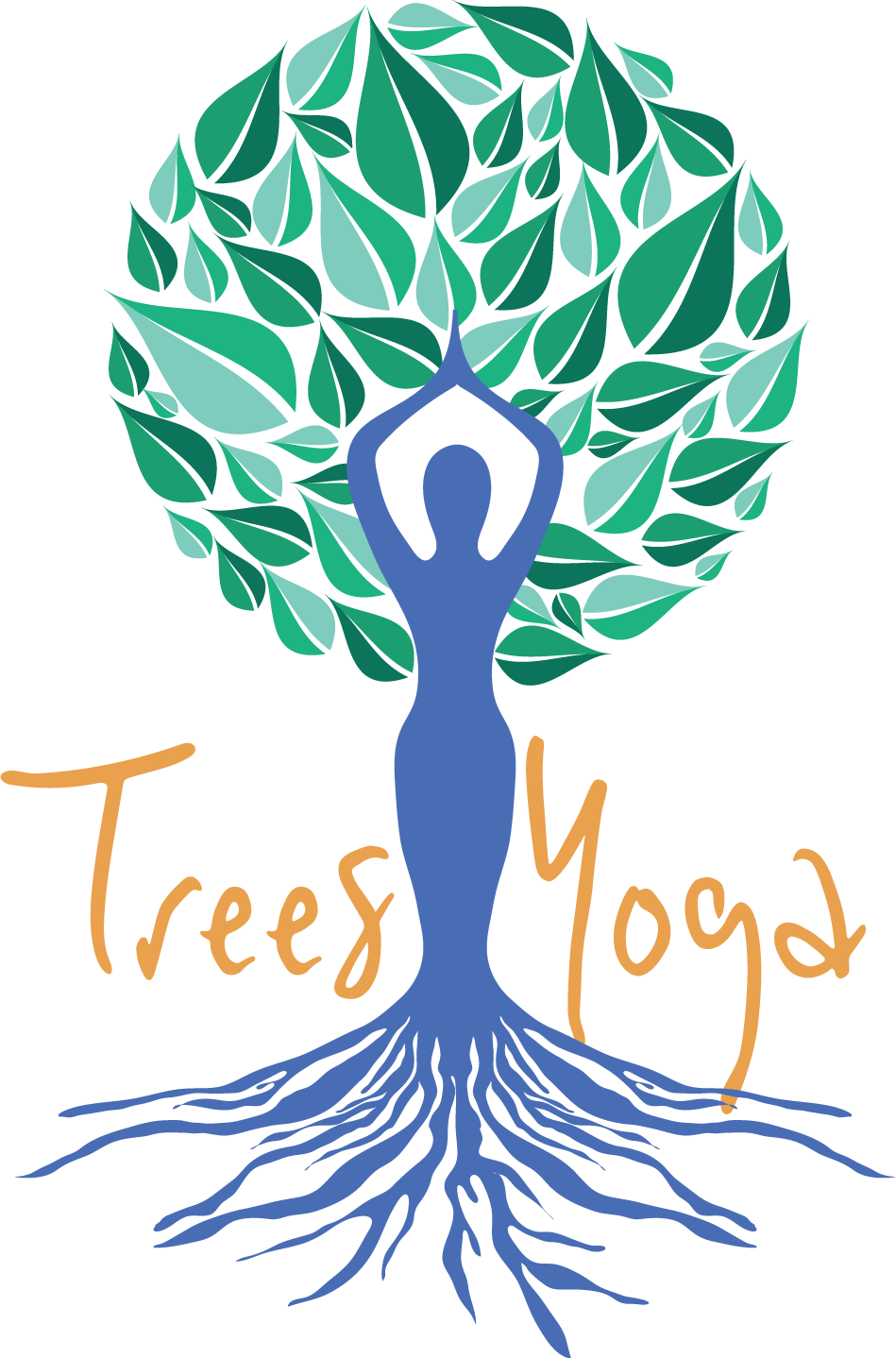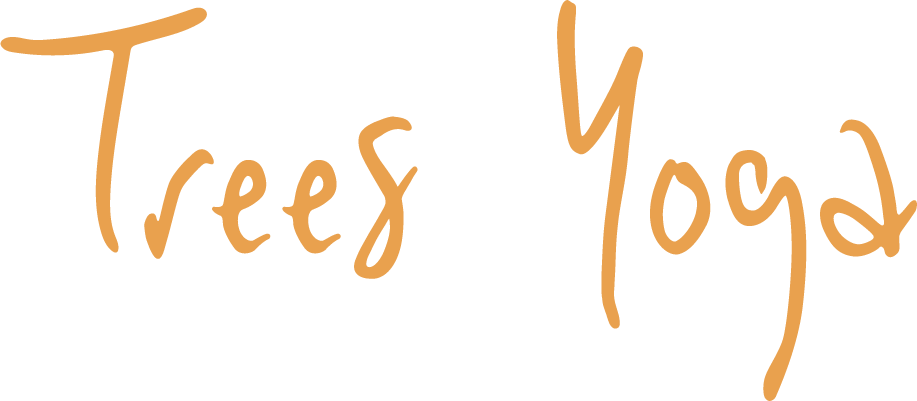
Types of TreesYoga
“Yoga is a method by which the restless mind is calmed and the energy directed into constructive channels. As a mighty river which when properly harnessed by dams and canals, creates a vast reservoir of water, prevents famine and provides abundant power for industry; so also the mind, when controlled, provides a reservoir of peace and generates abundant energy for human uplift.”
— BKS Iyengar, Light on Yoga

Hatha Yoga - Asana
Yoga is not just for the flexible or the strong, its for everyone.
This Physical practice of yoga is called Asana. Its one of the eight principles that make up Yoga as a practice for the whole self.
The physical aspect of yoga doesn’t mean to that we all need to be standing on our heads or wrapping our legs around ourselves. Asana actually means Seat in Sanskrit referring to the seated posture taken for mediation. The Physical Asana sequencing practice was later developed to open and release the body and calm the mind to allow the practitioner to sit comfortably in meditation.
The word Hatha is believed to represent the balance of the body and mind, “ha” represents the sun and “tha” the moon.
Two opposite forces in constant ebb and flow.
Similarly you could think of it as Ying and Yang from Chinese philosophy. When working together these forces become complimentary, interconnected and support one another bringing about a wholeness.
Hatha literally means ‘force’ and is more traditionally defined as the means of attaining a yogic state with effort. So Hatha yoga can be considered as anything you might do with the body and mind to attain a sense of inner peace.
The word Yoga is derived from the Sanskrit word ‘Yuj’ meaning to connect or to unite. Yoga is a practice that allows us to connect back to our true self, or Atman. You may know this as your soul, I like to think of it as my divine essence.
In my classes we explore some of these;
Asana – yoga postures | Pranayama – Breathing Techniques | Mantra – Chanting or reciting
Mudra – Hand gestures | Mediation – Stillness
My class routines change on a monthly bases. So I teach a new sequence at the beginning of each month and I repeat and build on that routine throughout the month. This is to allow the practice to become familiar and to then become like a moving mediation. My classes allows students do deepen their postures through repetition as well as allowing for any questions about these when they arise.
The sequence will vary from class to class, as some of my classes are for beginners and others are for more familiar practitioners.
So take a look at my weekly timetable as see which is the best class for you.

Yoga Nidra – Guided Meditation
Yoga Nidra promotes deep rest and relaxation.
All that you need to do is lie down on the floor as listen whilst I guide you through phases of rest and relaxation enabling the body to slow down, the nervous system to be calmed and the mind quietened resulting in less stress and better health. If lying down doesn’t suit you, you can still enjoy this practice seated.
Yoga Nidra can be practiced at anytime of the day, generally it is used as a pocket of rest during the middle of the day. Allowing you to feel renewed and energised for the afternoon. It can also be used as a tool to help you sleep.
Depending on the time of day and what effect we would like from the Yoga Nidra practice, the meditation is given in slightly different way. This type of mediation can be used to find total rest, to help ground us, bring clarity of mind and to aid creativity by helping to release tension in the mind and body.

Pranayama – Breathing Techniques
Breathing is free, you can take is anywhere with you and practice anywhere at any time.
From the moment we are born to the moment we die we breath. We should all be experts at breathing. However little is fully understood about the power and control the breath has on our actions, reactions, emotions, states of mind and energy levels.
Finding the breath is one of the greatest tools you can have in your life.
“Without Prana there is no life.”
- T.K.V Desikachar
Scientifically it can aid stress levels and anxiety levels and also help relieve pent up emotions by calming the sympathetic nervous system. The breath is the one part of our autonomic nervous system (the things the body just does without us even thinking about) that we can control and then regulate. By controlling the breath we can then have more control over our heart rate and then over other areas of the body. Leading to better health, digestion, cognitive ability, blood flow and many other amazing benefits.
In these classes I guide you through a few different breathing techniques and what benefits they can have. Each class you will discover something new that you can take home with you and use whenever you want.
Ready to book a class?
Have a look through my class schedule and see what is the best fit for you!

